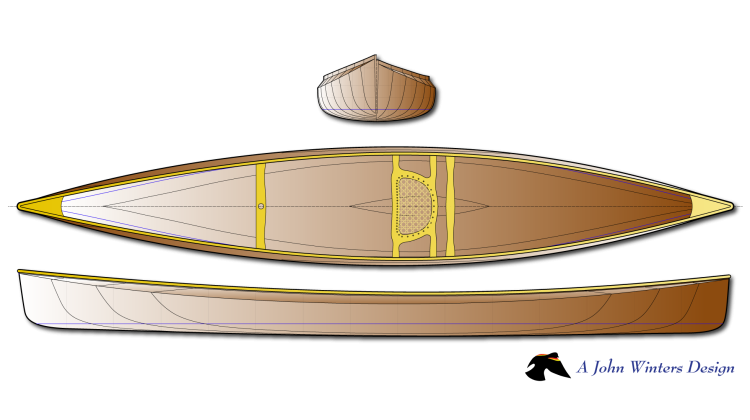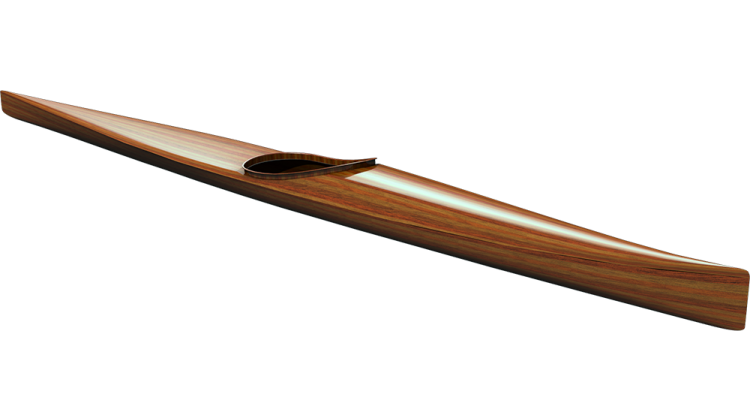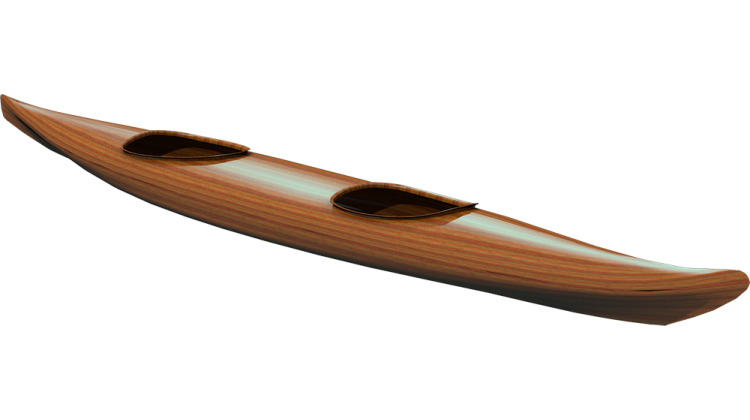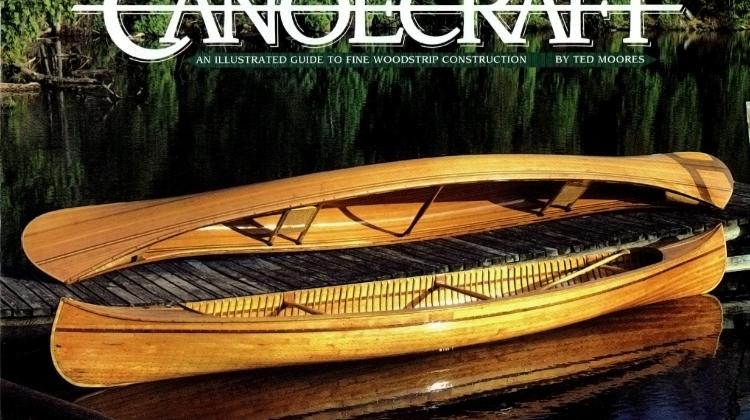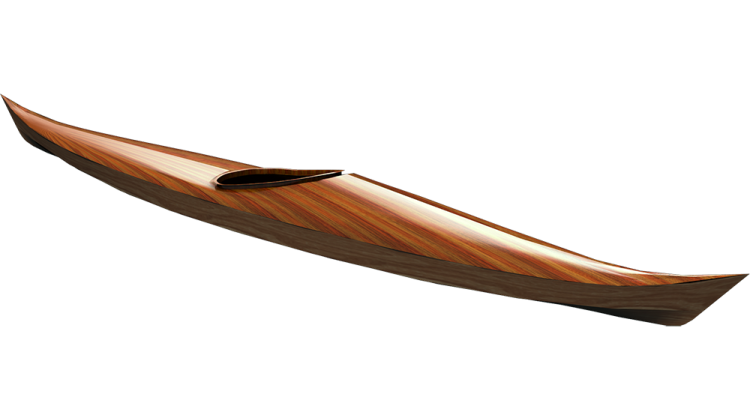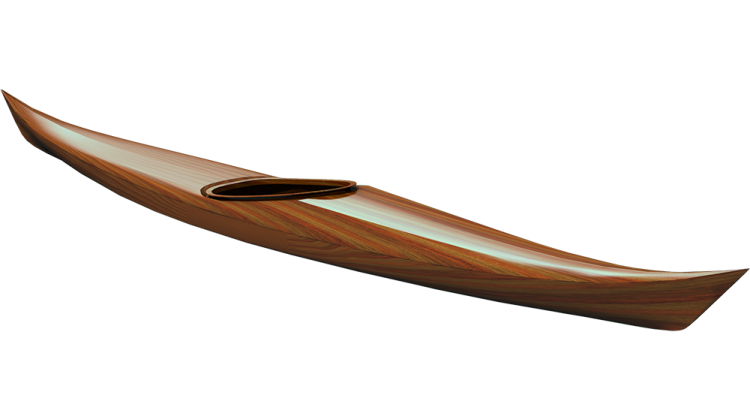There are many factors you should consider when you decide where you are going and how you will get there. Wind, waves and currents are the primary forces that will effect how easily and safely you will be able to get from one point to another in a small boat. It is not that you want to necessarily minimize the effect these forces have on you. There are good reasons why you may want to experience the full effect of the force, for example just practicing for potential future situations. But, you do want minimize the surprise factors.
You will want to be able to look quickly at a situation, considering the weather, geography and stage of the tide and have a good idea what the conditions will be where you are thinking of going. You may want to catch a free ride on the current, but not get too involved with big waves, or you may want to get out and play in some waves, but not get drifted a long way away by the current.
The first thing you must determine is what are the potential forces you may encounter. Study the weather forecast, charts and tide tables. Look for indicators of possible forces. Constrictions between islands or shallow spots in a current stream may indicate faster current. Gaps between islands can let off-shore swells come in. Sailboats heeling way over are a good indicator of high winds. Look for shoals or ledges where deep-sea swells may rise up and break.
Take extra time to consider areas where two or more forces may add together or cancel each other out. Two forces combining together will often create drastically different conditions than either of the two forces working alone. Winds pushing against currents can create turbulent waves in places where you otherwise would expect calm water. Wind pushing the same direction as the current can turn a rough area into a smooth patch.
Once you have determined what the possible forces are, you need to choose how you are going to deal with them. This is "choosing your line". You want to choose a line that will get you where you want to go, efficiently, and safely, while accomplishing any other goals you may have for the day.
Consider the consequences of a failure to stick to the plan or accurately predict the conditions. If your plan doesn't go as expect what will happen. Will a failure to stay ahead of the current sweep you out to sea, or is it just mean you trip is a little longer than you planned.
When you have determined the consequences of a mistake, try to modify the plans to include enough buffer to keep you safe. For example if you are ferrying across a current to an island, instead of choosing a line that leads you directly to the island, choose a line that up-current of the destination, that way if you slow down, you will not have to fight back up the current to get to the island. You can usually do this by paddling up current close to shore where the current speed is less before making the crossing. This puts a safety buffer on the crossing before you even get started. The approach often works in windy conditions as well.
In current produced waves, there is typically a line of waves near a constriction or shallow spot where the water is decelerating after shooting through the constriction. The waves will actually be smaller up stream of the constriction. Despite being in faster current, this area may well be the easiest and safest place to cross. Otherwise drifting farther down current to an area where the waves have dissipated will be easier going.
Islands create shadows, not only from wind but from current and waves as well. Instead of crossing directly over a wide open area, it is often easier to island hop so you can take advantage of the wind and wave shadow or current eddy behind. This can give you a chance to rest and reduce the distance from relative safety as you make the crossing. Other times you may want to take full advantage of the available forces and choose to avoid the shadows behind the islands.
There are many situations where a direct line from one point to the next is difficult to hold because it hits your boat wrong. It may require more steering than is efficient or comfortable. In these situations it may be better to choose a longer course just so you don't have to struggle as much. If going up wind around the exposed end of an island is shorter, it may still be easier and safer to go down wind and come up the other side in the wind and wave shadow.
By carefully choosing your line you can make you trip easier, safer and more fun. This aspect of navigation really takes practice and experience to work out well, but with a solid awareness of what you will encounter on the water, you will keep the risks low and the enjoyment high.

